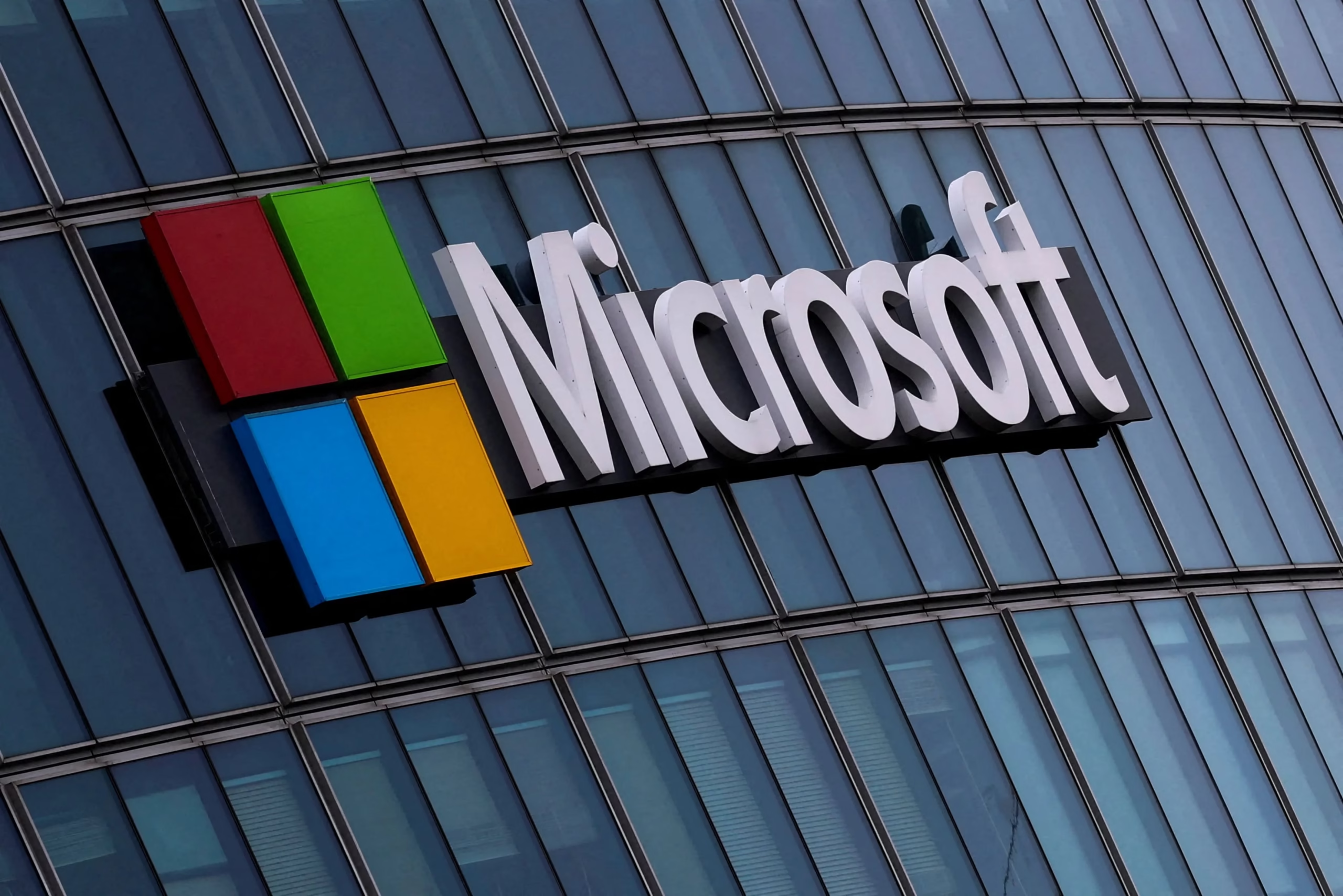
After Nvidia, Microsoft Joins the $4 Trillion Club: What’s Fueling Tech’s Historic Rise?
July 31, 2025 – Business & Tech Analysis
In a move that underscores the shifting foundations of the global economy, Microsoft has become the latest tech giant to cross the $4 trillion market capitalization threshold. Following close behind Nvidia, which hit the same milestone earlier this month, Microsoft’s rise reflects a broader transformation in how value is created in the digital age — through AI, cloud infrastructure, and enterprise software, not oil or heavy industry.
💰 $4 Trillion: What Does It Actually Mean?
To grasp the scale, Microsoft’s valuation now rivals the GDP of Germany, the world’s fourth-largest economy. This milestone places Microsoft in an elite circle alongside:
Apple, which first broke the $3T and $4T barriers before sliding slightly in recent months.
Nvidia, which surged past $4T driven by explosive demand for AI chips.
Microsoft, fueled by its deep integration of AI and cloud technologies into nearly every layer of its business.
AI Is the New Growth Engine
Microsoft’s leap isn’t simply due to legacy products like Windows or Office. It’s driven by the company’s aggressive and strategic pivot toward artificial intelligence, including:
A multi-year, multi-billion-dollar partnership with OpenAI, the company behind ChatGPT.
Embedding AI features across its suite of products, like Copilot in Microsoft 365.
Building AI-native infrastructure through Azure, now a key platform for training and deploying large-scale AI models.
CEO Satya Nadella recently stated:
“AI is not just a product feature — it is the architecture of our entire platform going forward.”
Azure Cloud: Microsoft’s Powerhouse
Microsoft Azure remains the second-largest cloud provider globally, after Amazon Web Services. But it’s growing faster than ever, especially with the explosion in demand for AI compute power.
Azure revenue grew over 25% year-over-year, becoming a core engine of profitability and future expansion.
Enterprise Demand & the Acceleration of Digital Transformation
As digital infrastructure becomes the backbone of nearly every sector — from education and healthcare to finance and defense — Microsoft continues to capitalize on its role as a trusted, full-stack provider.
Its presence in enterprise software, cybersecurity, developer tools, and AI infrastructure gives it unparalleled access to recurring revenue and deep client integration.
Is There Room to Climb Higher?
While the $4 trillion milestone is historic, some analysts are asking whether Microsoft can sustain this pace. Risks include:
Market saturation in traditional software segments
Escalating AI competition from Google, Amazon, and new startups
Regulatory scrutiny, particularly over data privacy and potential monopolistic behavior
Nonetheless, firms like Goldman Sachs and Morgan Stanley continue to project Microsoft as a $5 trillion company within 2 years, provided it maintains strategic leadership in generative AI and cloud services.
Big Picture: Microsoft Is Now a Digital Superpower
Crossing $4 trillion is about more than market value — it reflects a profound shift in global economic power. Today, the most valuable assets in the world are not oil fields or factories, but algorithms, compute power, and digital ecosystems.
Microsoft, with its AI-first strategy and global cloud presence, has positioned itself as not just a tech company, but a pillar of the digital economy.












